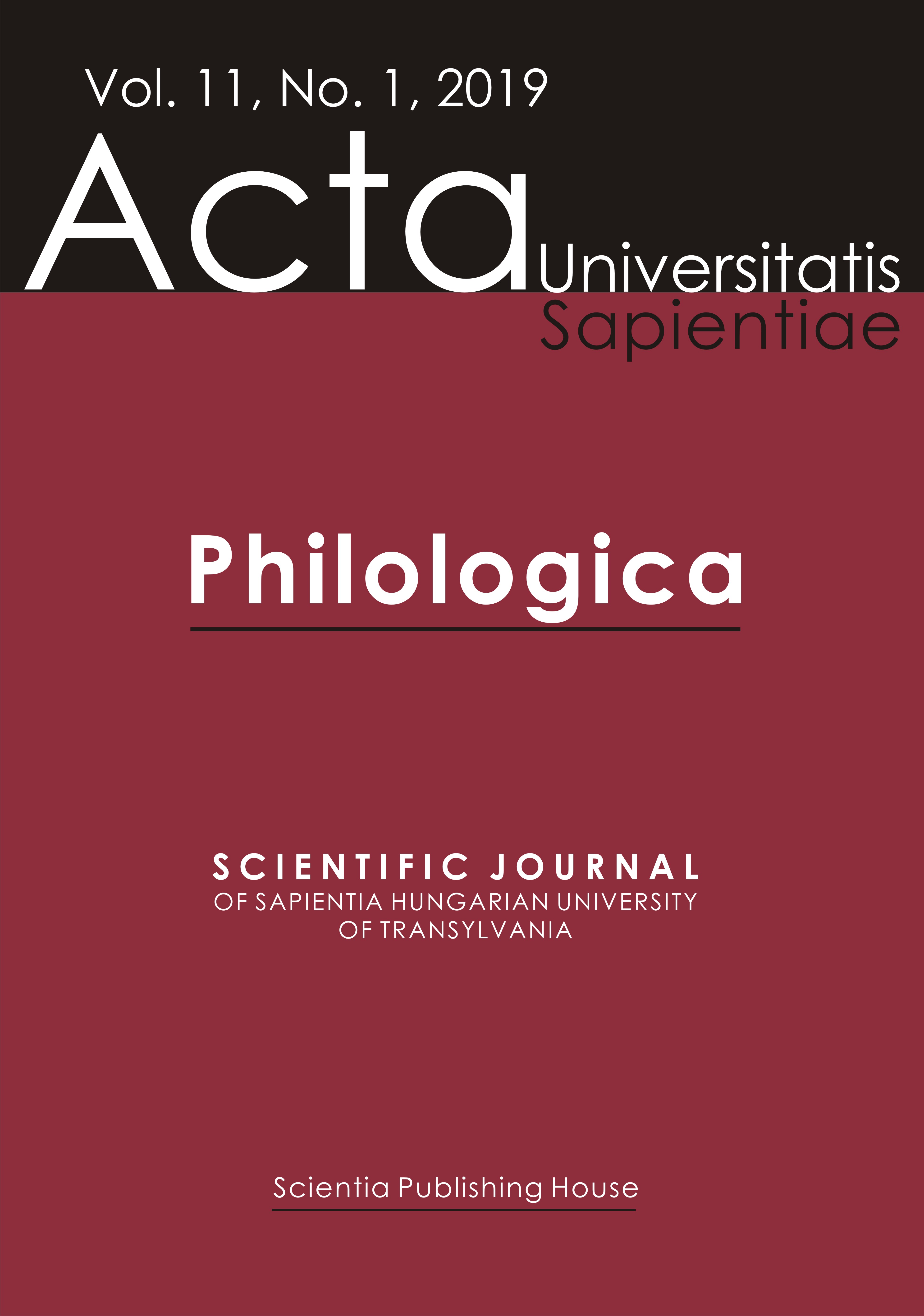Spaces in Between in the Myth of Myrrha: A Metamorphosis into Tree
Spaces in Between in the Myth of Myrrha: A Metamorphosis into Tree
Author(s): Ottilia VeresSubject(s): Language and Literature Studies, Theory of Literature
Published by: Scientia Kiadó
Keywords: myth; metamorphosis; Myrrha; myrrh tree; incest; Pygmalion;
Summary/Abstract: Within the larger context of metamorphoses into plants in Greek and Roman mythology, the paper aims to analyse the myth of Myrrha and her metamorphosis into a tree, focusing on the triggering cause of the transformation as well as the response given to her newly-acquired form of life. Myrrha’s transformation into a myrrh tree takes place as a consequence of her transgressive incestuous act of love with her father, Cinyras. Her metamorphosis occurs as a consequence of sinful passion – passion in extremis –, and she sacrifices her body (and human life/existence) in her escape. I will look at Ovid’s version of the myth as well as Ted Hughes’s adaptation of the story from his Tales from Ovid. My discussion of the transformation into tree starts out from the consideration that metamorphosis is the par excellence place and space of in-betweenness implying an inherent hybridity and blurred, converging subjectivities, a state of being that allows for passages, overlaps, crossings, and simultaneities. I am interested to see in what ways Myrrha’s incestuous desire for her father as well as her metamorphosis into a tree can be “rooted” back to her great-grandfather Pygmalion’s transgressive love for the ivory statue Galatea.
Journal: Acta Universitatis Sapientiae, Philologica
- Issue Year: 11/2019
- Issue No: 1
- Page Range: 83-92
- Page Count: 10
- Language: English

